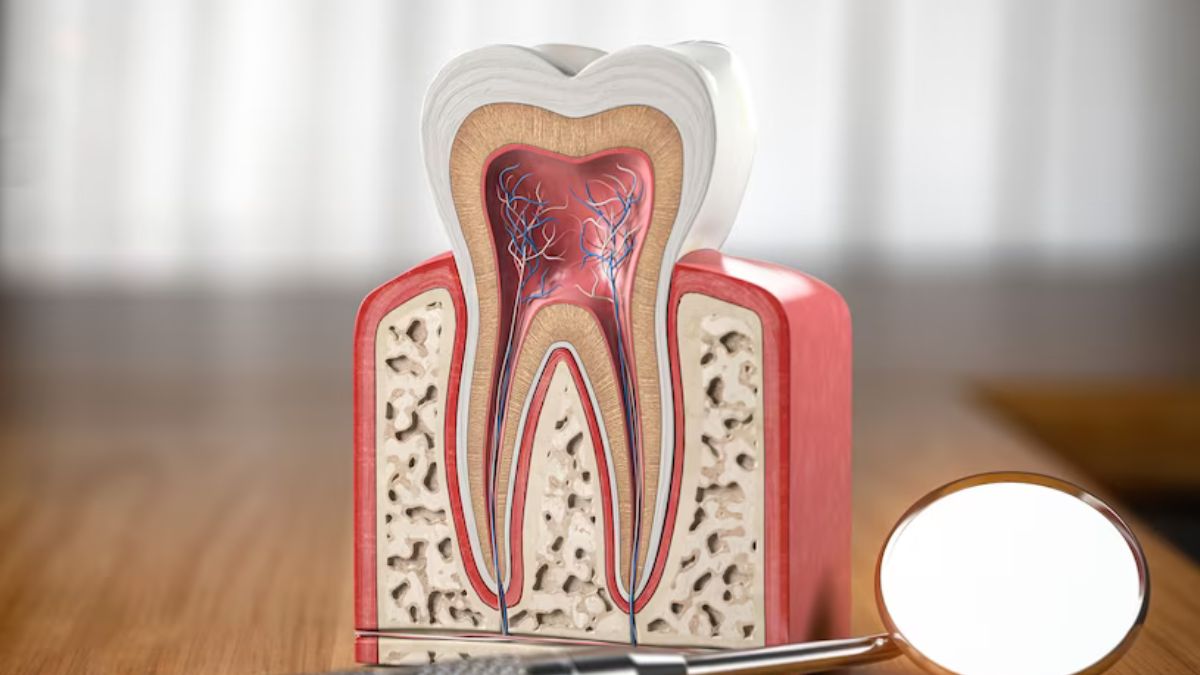The goal of a root canal operation is to save a tooth that has been badly damaged or infected. No one wants to go into a root canal without knowing what to expect before and after the procedure. In this article, we will explain the root canal treatment and its results by walking you through the entire process, from preparation to recovery.
Introduction
When a tooth is badly decaying, injured, or diseased, a root’canal operation may be necessary for its rescue. Knowing what to expect before, during, and after a root canal will help alleviate any apprehension you may have about the procedure.
Understanding the Need for a Root Canal
When a tooth’s pulp becomes infected or damaged, a root canal is performed to save the tooth. This may occur because of tooth decay, a broken tooth, or trauma to the mouth. As the infection worsens without treatment, the patient may experience excruciating pain and maybe lose a tooth.
Before the Root Canal Procedure
Your dentist will examine your tooth carefully, maybe using X-rays, to determine the level of damage before proceeding with the root’canal. They will go through the process with you, address any concerns you may have, and make sure you’re ready for the therapy.
The Root Canal Procedure: Step by Step
- Anesthesia: To numb the tooth and its surrounding region, local anaesthesia is used.
- Access Opening: In order to reach the pulp chamber, the dentist will first drill a tiny hole in the tooth’s crown.
- Cleaning and Shaping: An endodontist can save a tooth by removing the diseased pulp and shaping and cleaning the interior of the tooth.
- Filling: After the root canals have been cleansed, they are sealed using gutta-percha, a biocompatible substance.
- Temporary Seal: The access hole is temporarily filled up.
Immediate Aftercare
Some sensitivity or discomfort following a root’canal operation is to be expected. You can alleviate any pain using over-the-counter medications. Pay close attention to the dentist’s advice on diet, medication, and dental care.
Recovery Period: What to Expect
The pain from the root’canal should lessen during the next few days. In most cases, patients may get back to their daily routines right away. You should wait until the repaired tooth is fully functional before using it for normal chewing.
Long-Term Aftereffects
The goal of any root’canal procedure is to relieve the discomfort associated with the infection or damage. No longer sensitive to temperature changes, the treated tooth will continue to operate properly. In order to avoid more infections, it is crucial to practise good dental hygiene.
Restoration and Follow-Up
The tooth’s entire functioning must be restored after a root’canal procedure. To prevent additional damage to the tooth that was treated, a crown is often placed over it. Your dentist will schedule follow-up visits to check on your progress and guarantee a speedy recovery.
Conclusion
Saving a badly damaged tooth and eliminating the associated pain can be accomplished with a root’canal treatment. Having a thorough understanding of all that goes into getting a better smile will help put your mind at ease.
Also read: How Long Does a Root Canal Take
FAQs
Is a root canal painful?
The actual surgery is painless because it is done under local anaesthesia. Some soreness in the days after is to be expected and can be alleviated by taking pain medication.
How long does a root canal take?
The time required for a root’canal surgery ranges from roughly an hour to a couple of hours.
Will I need time off work after a root canal?
The majority of patients will experience no downtime and can go back to work or other regular activities right away.
Can I eat normally after a root canal?
Even though you might feel a little sensitive at first, you should be able to eat normally again after a while.
Is a root canal a permanent solution?
Root’canal therapy and a custom crown placed over it can save a badly broken tooth for good.











